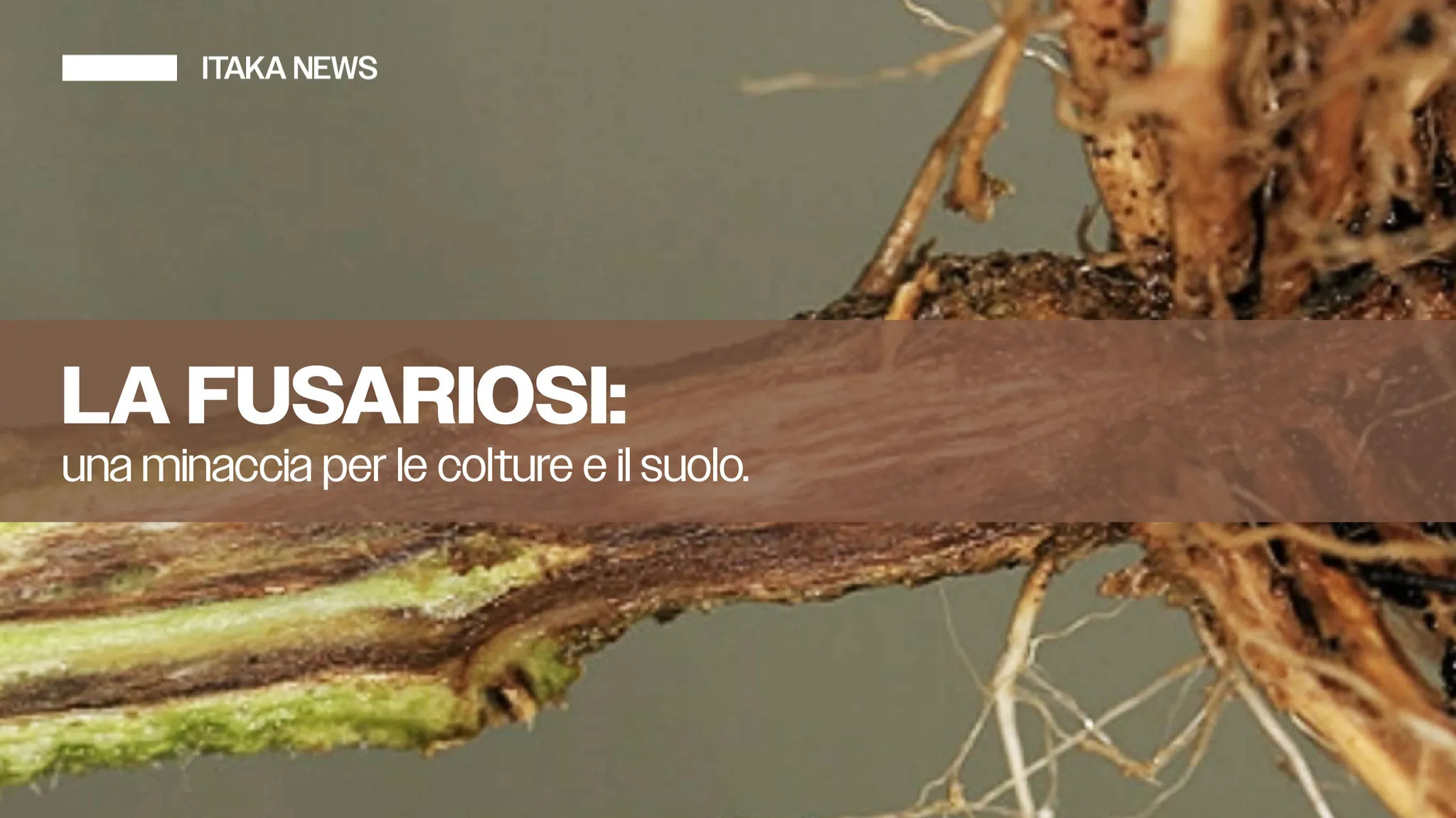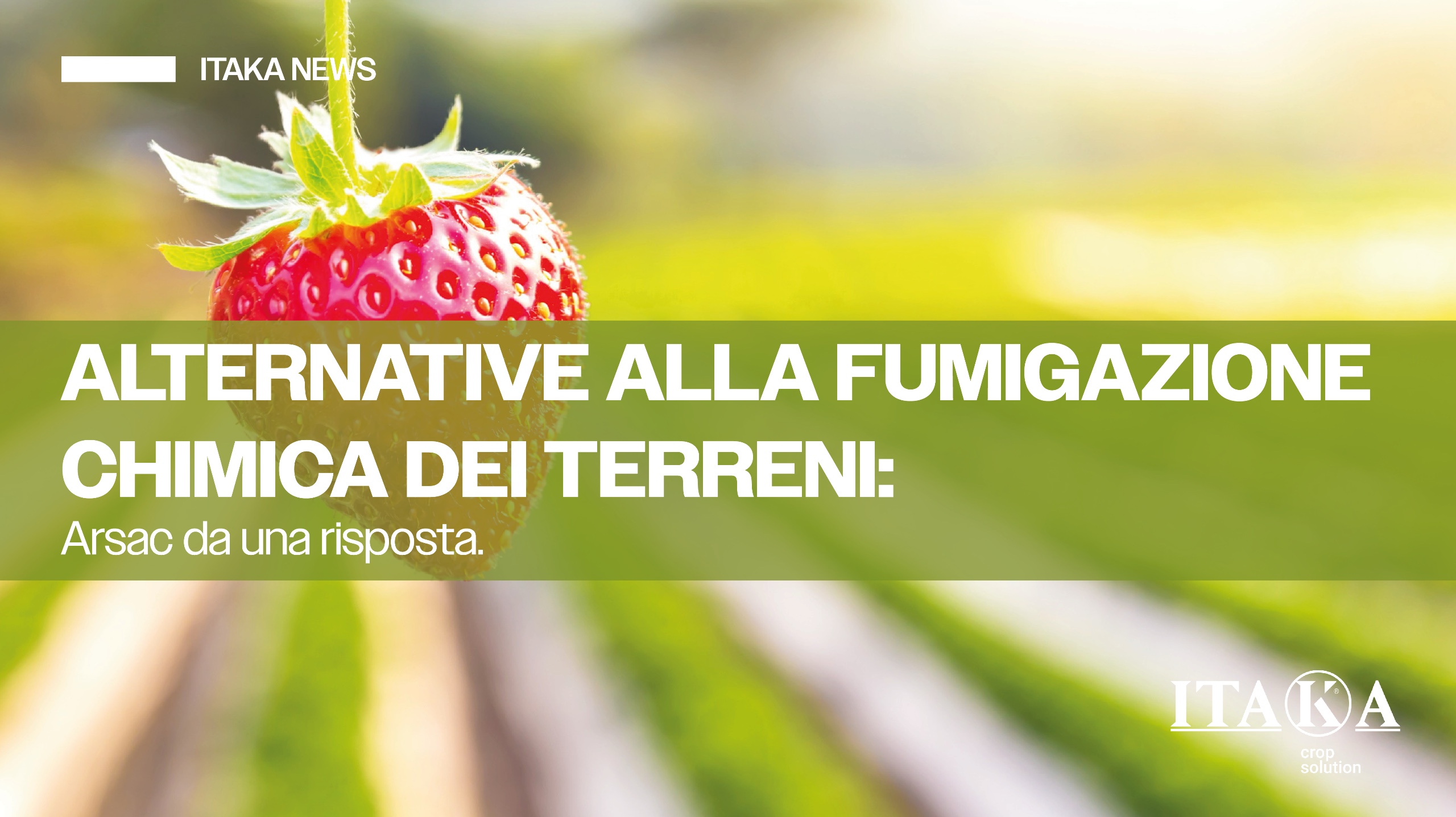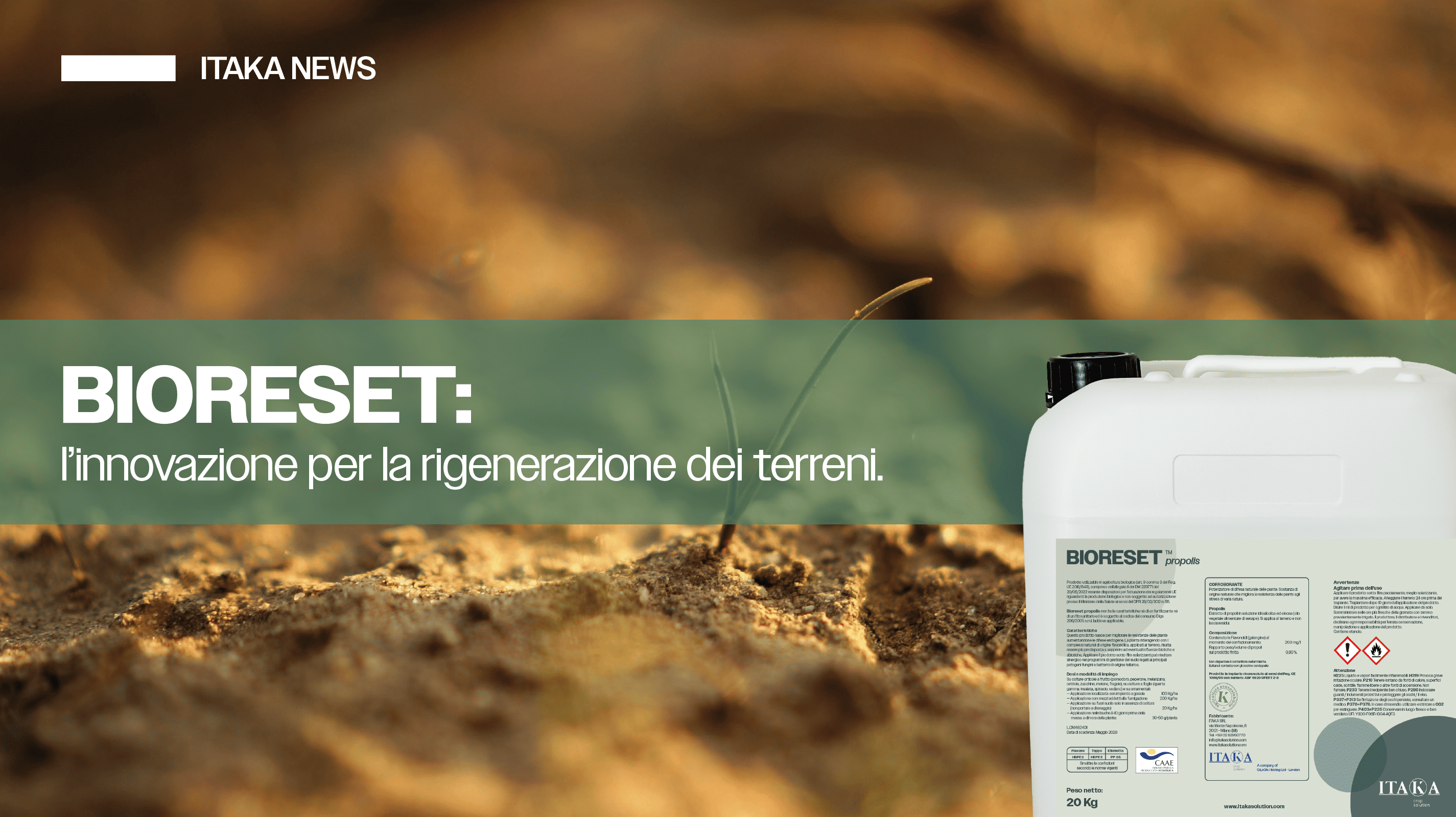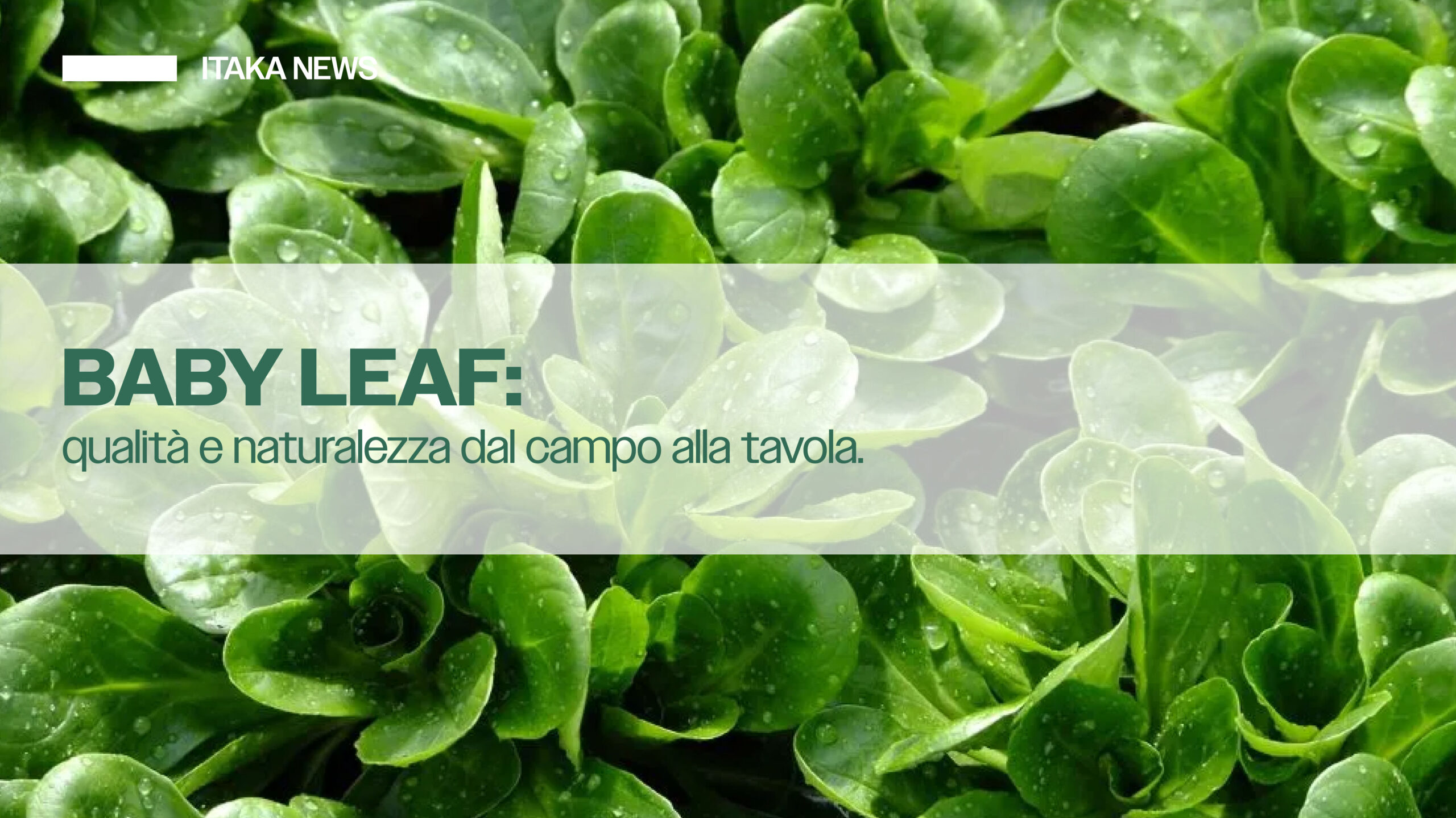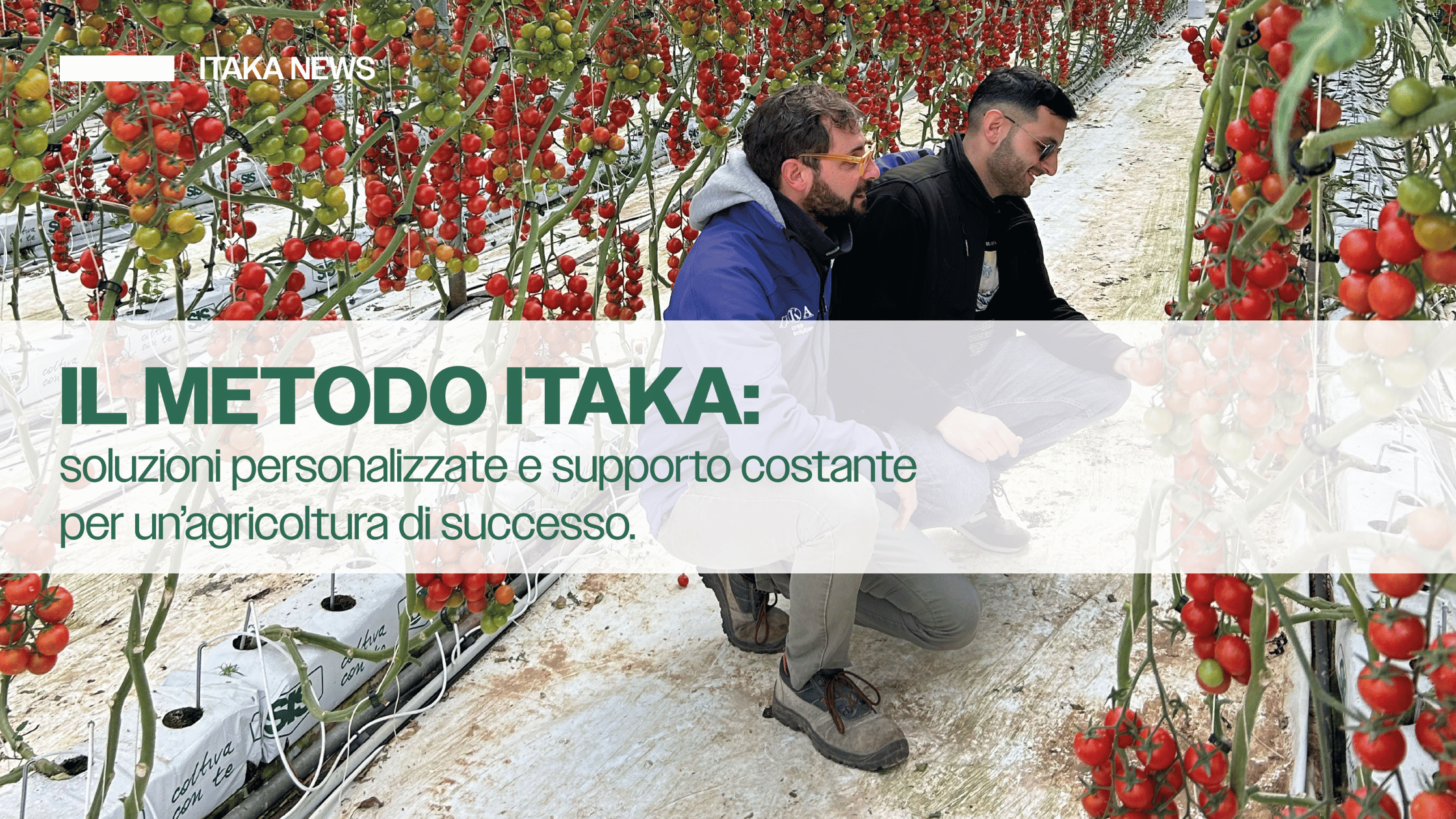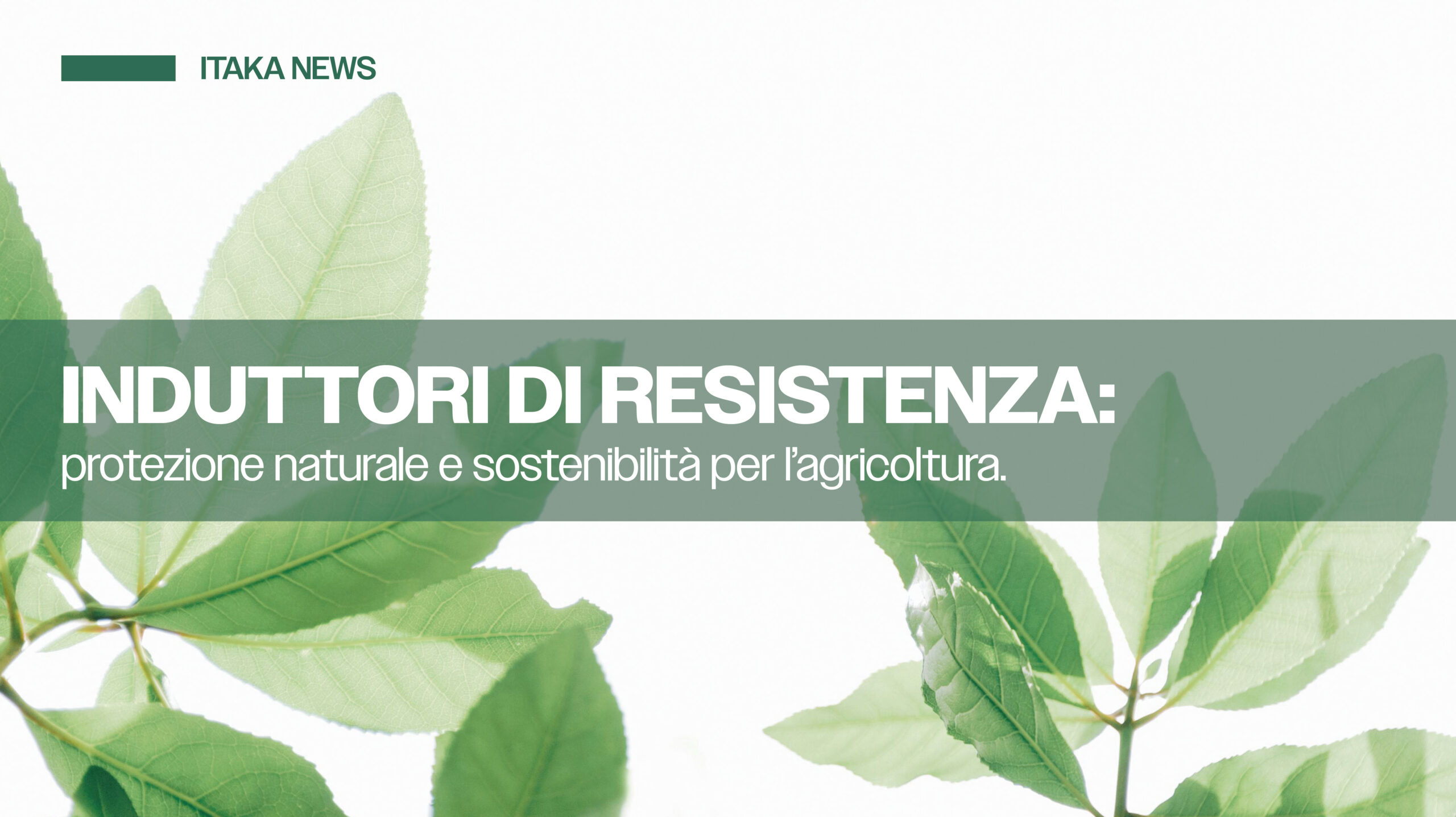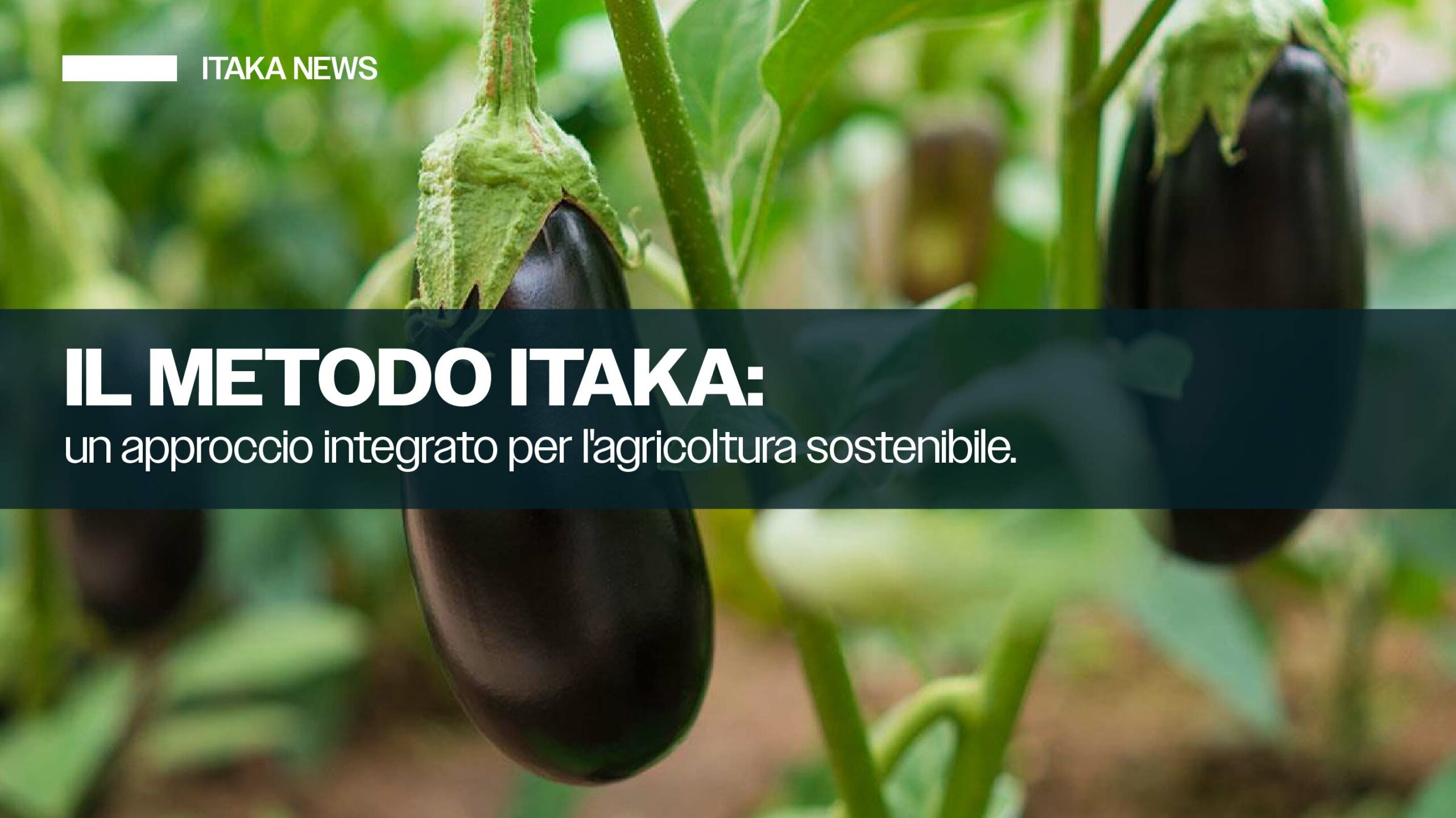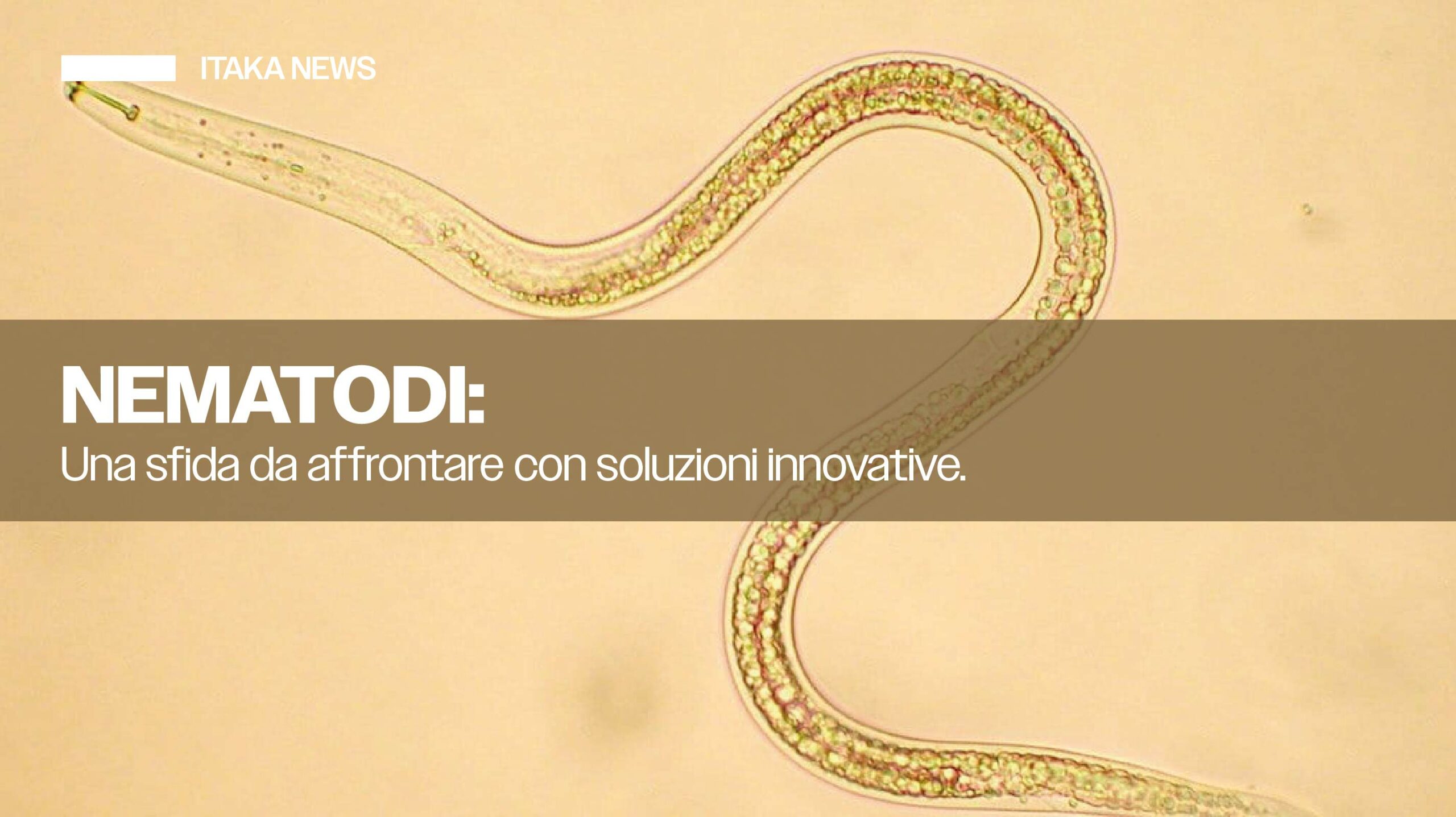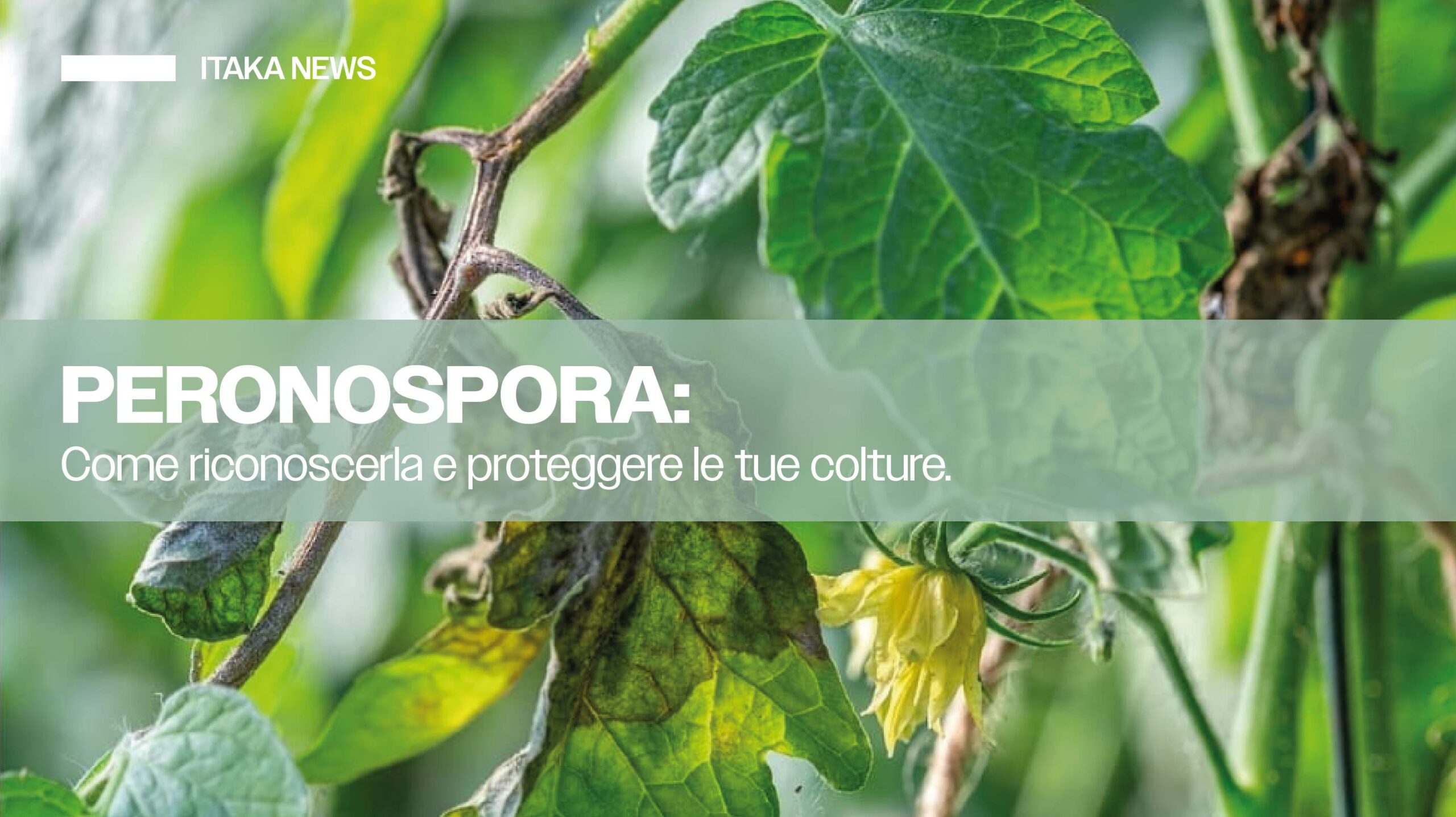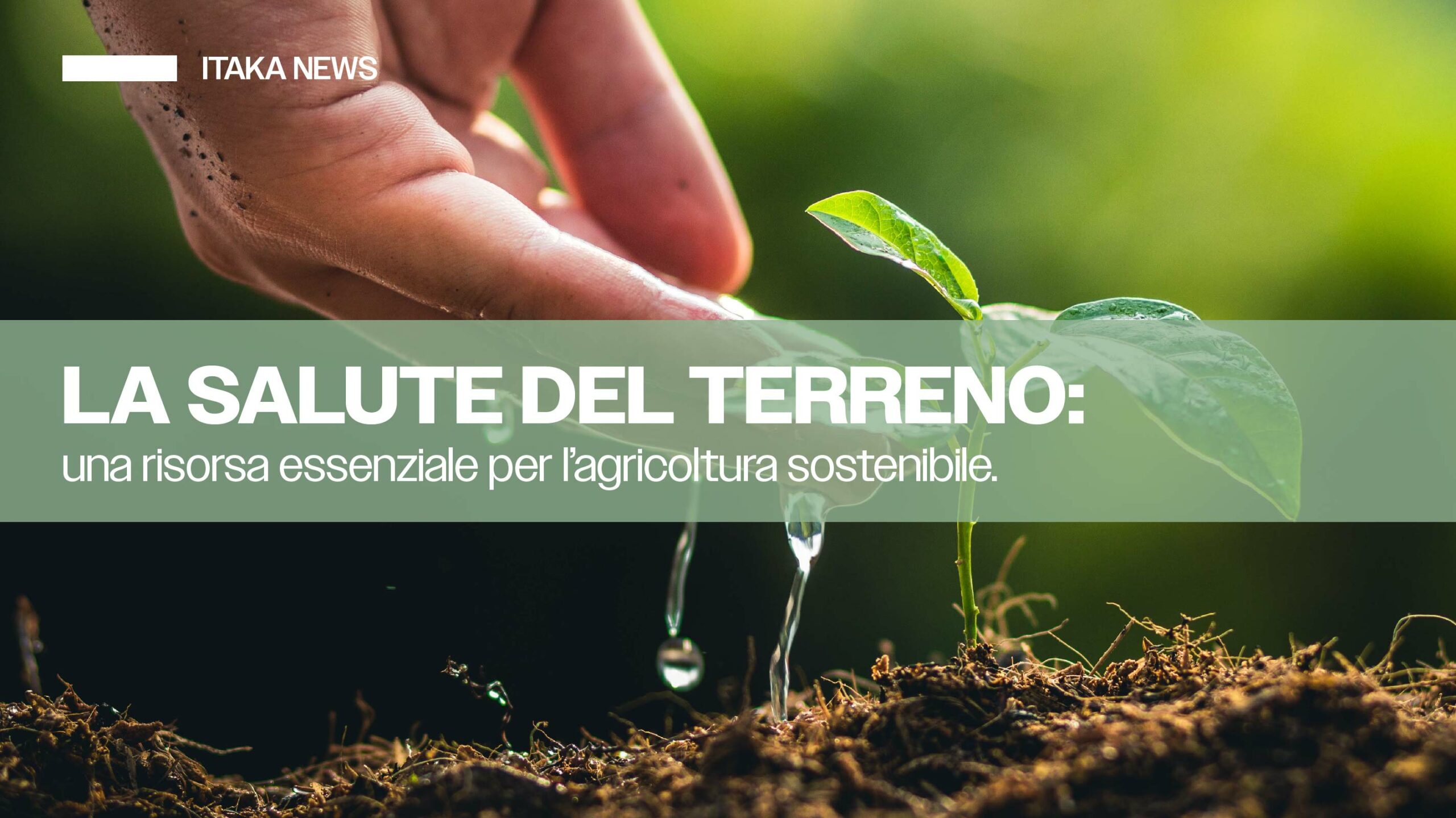An issue most highlighted at this time, affecting several greenhouse horticultural crops. Today, we at Itaka Crop Solution want to talk to you about this disease, which, without proper preventive and possibly post-emergence management, can cause serious damage to agricultural production.
What is fusariosis
Fusariosis is a fungal disease that creates disorder to the vascular system of crops, caused by several species of the genus Fusarium. This disease affects a wide range of plants, including cereals, vegetables and fruit crops, causing significant damage and, as a result, economic losses for farmers.
Negative effects of fusarium disease on soil
Fusarium, not only damages plants, but also has negative effects on the soil. Fusarium fungus can survive in soil for long periods, even in the absence of host plants, due to the formation of resistant spores. This leads to a reduction in soil fertility, called soil fatigue, and its ability to support healthy crops. In addition, the presence of the fungus can alter the soil microflora, impairing the ecological balance and reducing microbial biodiversity.
Methods to prevent fusarium disease
There are several methods to prevent fusarium infection. As we always say in Itaka Crop Solution everything has to be analyzed and the application of specific methods is related to the biological characteristics of the soil and the knowledge of the crop.
Before tackling a new culture cycle, we need to know the virulence of the pathogen in the soil. “Soil borne” analysis gives us the information to be able to reduce the initial inoculum, through known agronomic practices such as solarization, or innovative solutions such as the use of natural active substances in bio-fumigation.
Whereas, the management of the pathogen during the crop cycle, goes through the control of soil water conditions, which must remain below field capacity, not causing disturbances attributable to root asphyxia. Reducing irrigation and ensuring good drainage are essential practices to control fungal growth.
Similarly, increasing soil biodiversity through inoculation of antagonistic fungi such as microbial consortia between Trichoderma and Bacteria leads to further reduction of Fusarium development.
Want more information on how to deal with fusarium?
As we were telling you at the beginning of this article, we are aware of how important it is to deal with fusarium disease in the right way for agricultural entrepreneurs. In fact, loss of soil fertility can be a negative condition for the farm economy.
If you would like to address fusarium disease with an integrated and natural method, please contact us.
Our agronomists will analyze the issue and your characteristics in order to recommend the best Itaka Crop Solution integrated into a system of best practices for your crop.
